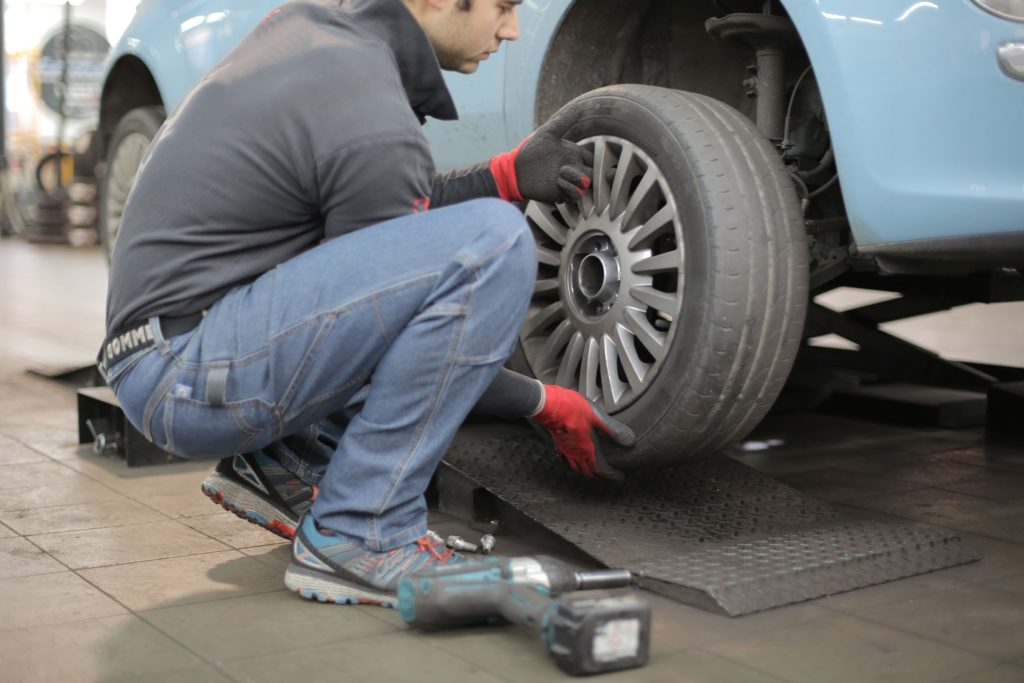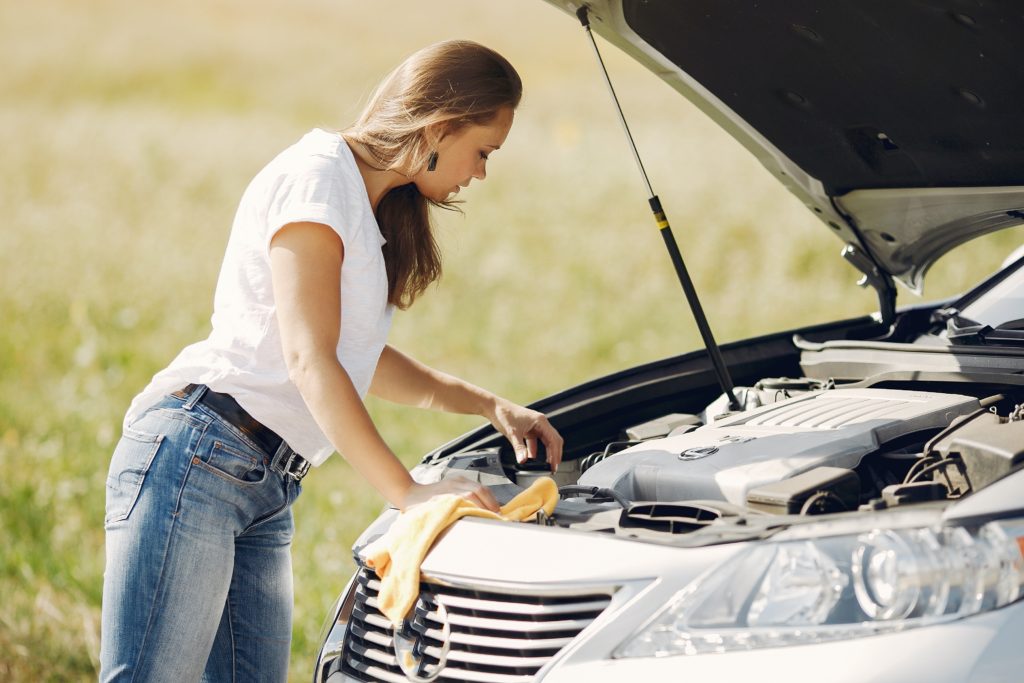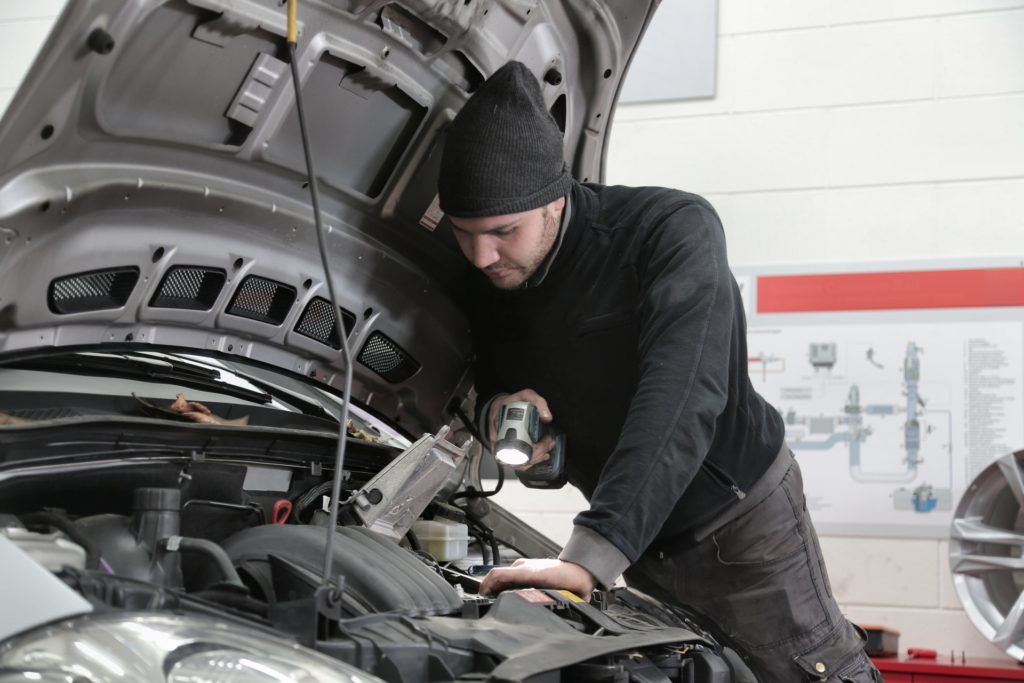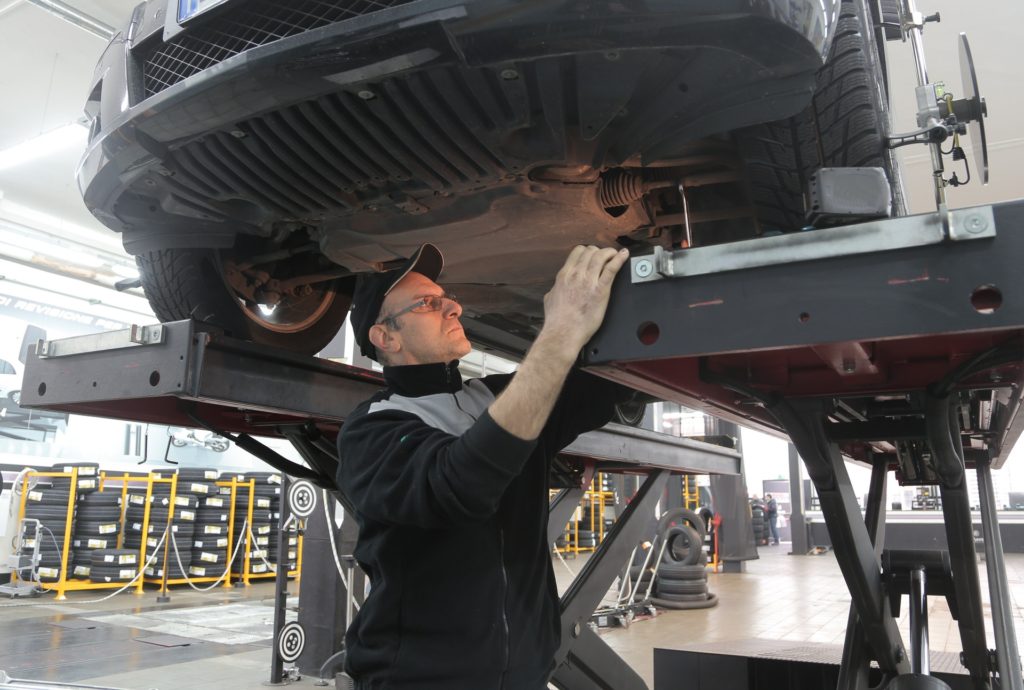It’s easy to learn how to drive, but that is not enough. It would be best if you also learned everything you need to know about your car. You must understand the importance of keeping the vehicle in good condition and what makes it work, and if you decide to have an electric car getting EV Charger Installers are essential to charge your car as well.
Here are ten essential things every car owner should keep in mind:
1. Car Engine Oil
Engine oil is vital for keeping the engine of your vehicle clean, cool, and lubricated. Not enough oil can lead to thermal degradation, compressive heating, and oxidation.
Changing the oil can vary between vehicles, but in general, to be sure everything is ok, you should do it every six months.
Most cars are now that with an oil indicator on the dashboard, and this makes it easy to keep an eye on the oil level.
2. Spare Tire

Knowing how to change the tire could someday save your life. A car owner needs to know the location of the spear tire and how to use the jack. While the location may vary depending on the vehicle model, spear tires are usually found inside the trunk.
So you don’t have any surprises, make sure you keep the spare wheel in good shape and check it periodically.
3. Windshield Wiper Blades

Wiper blades are among the essential parts of a vehicle that many drivers tend to neglect. A broken or worn out windscreen wiper will not keep the windscreen clear and may make driving during rainy days dangerous.
Make sure to keep an eye on your blades, and replace them before they wear down. This way, you won’t get caught in the rain with your windshield wipers not working.
Generally, it would be best if you replaced them every six months, although it’s best to check with your car’s manual first.
4. Vehicle Fluids

If you want to keep your car running smoothly, make sure to check your car fluids regularly. You learned about the importance of engine oil, but there are other fluids that should be replaced or topped up.
Be sure to check them periodically: coolant, brake fluid, windshield washer, and power steering fluid.
5. Headlights and Taillights
As time goes by, headlights and taillights go dimmer. Checking them is a preventive measure that helps you avoid dangerous situations, like other drivers not being able to see your vehicle at night. Driving with faulty headlights can also be a reason for cops to pull you over.
The best practice is to change the headlights and taillights every year.
6. Car Maintenance

Regular car maintenance is necessary to ensure that your car is in good condition and has a long lifespan. Be sure to follow the manufacturer-recommended service schedule and let the professionals do it.
7. Shocks and Struts
Two of the most common problems of older vehicles are the shocks and struts. A reliable way of knowing if your shocks are bad is when the car rattles or shakes when going over bumps.
Regularly replacing them will prevent harsh wear and tear to various parts of your vehicle and gives you a smooth and comfortable ride.
8. Emergency Roadside Kit
You never know when your car might break down. That is why you must always have an emergency kit with you, and that includes roadside kits as well.
The kit should include:
- First Aid Kit
- Fire Extinguisher
- Jumper Cables
- Utility Tool (like Swiss Army Knife)
- Raincoat
- Umbrella
- Reflective Warning Triangle
- Tire Gauge
- Gloves
- Rags
- Duct Tape
- Foam Tire Sealant
- Flashlight
- Extra Batteries
- Tow Rope
- Warm Blanket
9. Brakes
Brakes are the most critical safety feature, and you should never neglect them.
While driving the steering wheel vibrates on applying brakes, then this might affect your car’s stability control system and ABS. If so, get the brakes inspected asap.
10. Get A Good Mechanic

Make sure they’re good at what they’re doing, you’re putting your safety, and car performance into their hands.
Take your time, read through car forums, ask friends, and family for recommendations. Don’t just pick the first one just because they are cheap.


























